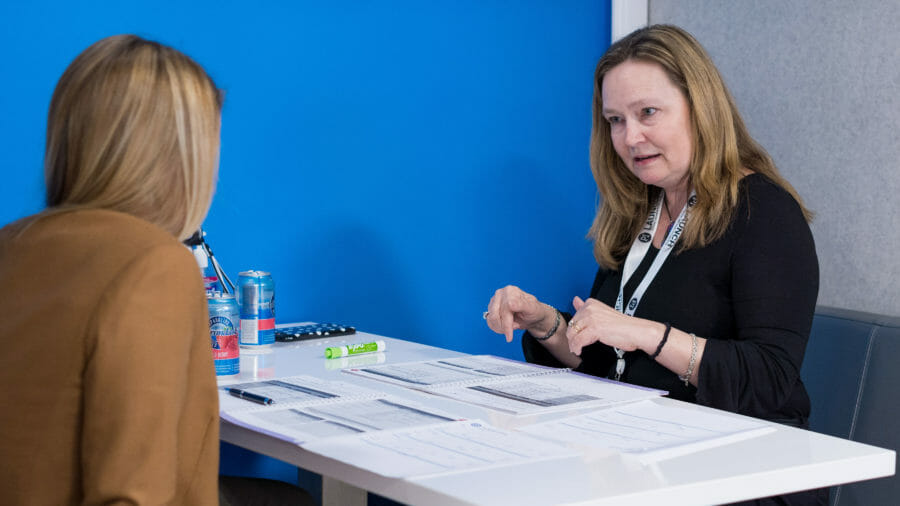Krishna Rajagopal is the Chief Facilitator of Great Outcomes at Narish International. He has a bachelor’s degree in economics, an MBA, and a master’s in information systems management. Krishna’s mission is to help organizations leverage their potential.
The booming U.S. economy and global economic growth have led to a skills gap in many industries. Some companies have begun to turn to artificial intelligence (AI) as a way to bridge this gap. While AI can be used to replace some lower-level jobs, it can also help with the recruiting process so that better talent can be acquired for open positions.
Can AI fill the skills gap?
The obvious way to fill a skills gap is to provide the training your employees need, but companies only spend an average of $500 per employee per year on training. Such a low level of spending to teach employees new skills is a drop in the skills gap bucket and is unlikely to yield the results most companies need.
Increasing training could help to bridge the skills gap, but for companies that can’t significantly increase their training budgets, using AI in recruiting can be a revenue-neutral way to get the benefits of a better-trained workforce without having to do the training yourself.

How to use AI in recruiting
One way to use AI in recruiting is to automate talent sourcing. Talent acquisition and management platforms like Thrive TRM and Beamery now exist that can identify passive candidates on social media and other locations online. Sourcing from among passive candidates is widely recognized as producing higher quality new hires, but it can be extremely time-consuming for recruiters to do this manually.
Many medium and large companies now use chatbots to automatically answer questions asked by candidates at various levels of the hiring process. Using chatbots saves the hiring team time and provides another way of communicating with candidates as well as weeding out those with a casual or misplaced interest in a posted position.
Recruiters and HR professionals say screening resumes is the most time-consuming part of the hiring process. AI tools that automate resume screening and integrate with applicant tracking systems (ATS) can streamline this process and select only the top resumes for a closer look.
Not only does AI save precious time in the recruiting process, but it also has the potential to result in better quality hires. Why? David Creelman, CEO of Creelman Research and a globally recognized thinker on people analytics and talent management, notes that AI and machine learning result in better hires because (1) AI tools can screen more resumes more accurately than human recruiters and without the unintended human bias that may otherwise be present and (2) tools that use machine learning to match skills with job descriptions more quickly than humans are able to can accelerate the time-to-hire process—helping companies snag top talent before their competitors can.
Assessments and AI
Assessments may or may not incorporate AI, but if they don’t now, they soon will. Even now, pre-hire assessments contribute to the data that makes up a fuller and more complete picture of the candidate pool. Assessments can be used with other AI-based hiring tools to compound the benefits of both technologies.
Making the best use of all possible recruiting technologies is the best way to fill your company’s open positions quickly with top-quality candidates.
Join 10,000 companies solving the most complex people problems with PI.
Hire the right people, inspire their best work, design dream teams, and sustain engagement for the long haul.


